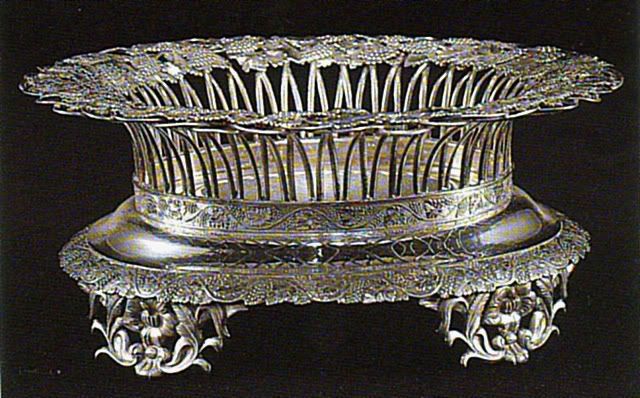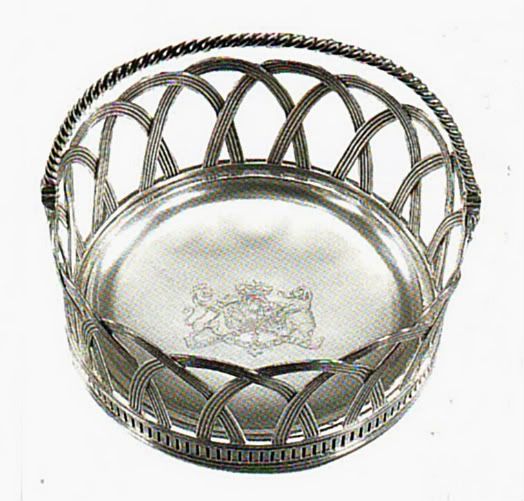Measurements are 11.75 inches ( 29.85 cm.) long, 9.875 inches ( 25.08 cm.) wide and 4.75 inches ( 12.07 cm.) tall.
This type of basket became popular in the UK around 1760 and was produced into the 19th century.
Looking for the term used to describe these baskets ( refers to how they were made ).

Pat.
.
